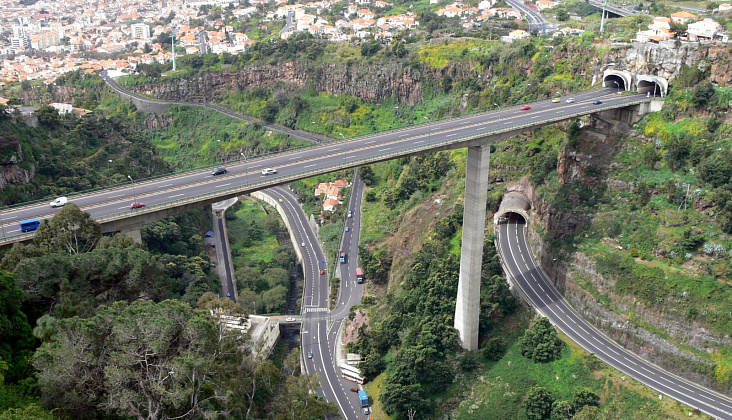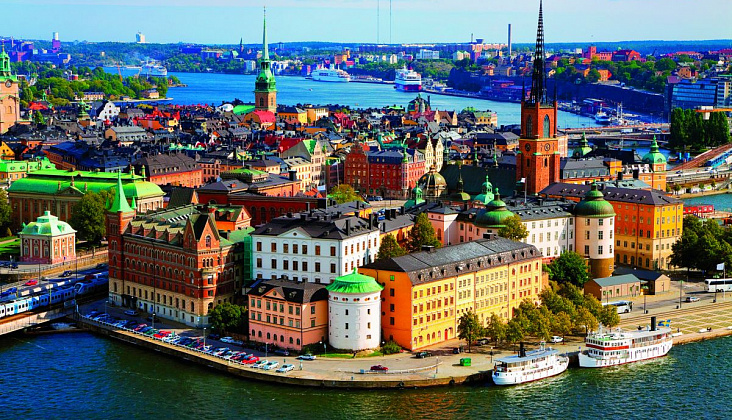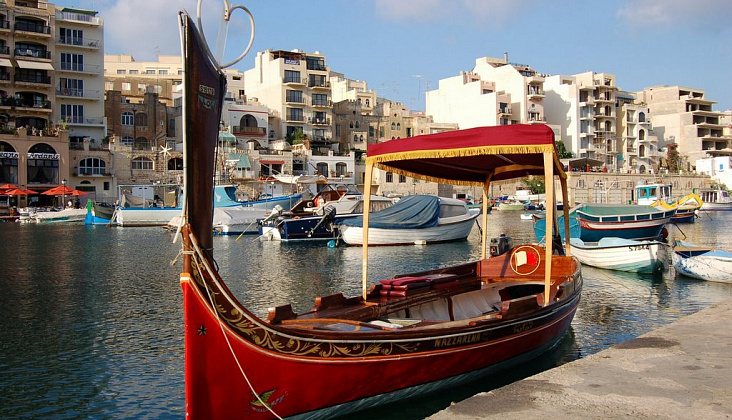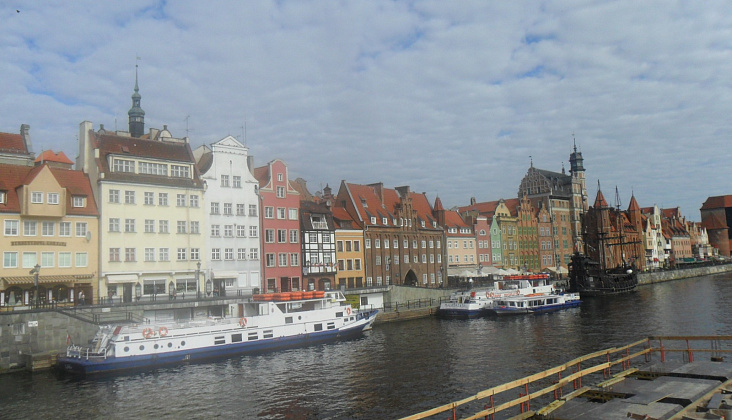Latvia is a Baltic state in North-Eastern Europe
 SEA AND BEACHES
SEA AND BEACHES
Beach Jurmala (white quartz sand) stretches 33 kilometers along the Gulf of Riga from Lielupe to Ķemeri passing through Bulduri Dzintary, Major Dubulty, Valteri, Jaundubulti, Pumpuri, Melluzi, Asari, Vaivari, Sloka, Kauguri Jaunkemeri.
The beach is equipped with playgrounds, benches, beach football and volleyball courts, and small cafes. Throughout the beach, there are hundreds of changing rooms, signposts, wooden walkways, containers and litter bins, and water condition stands. In various places of the beach there are rescue stations.
The sea is shallow, in some places you can go a hundred meters to the depths of the bay until it becomes deep. And even if it is deep – nothing, after a dozen meters the next shoal begins, where the depth is no more than a meter.
Nudist beaches in Latvia
There are five official nudist beaches on the Riga seaside. Three nudist beaches are located on the Vidzeme seaside, the fourth in the region of Bolderai and the fifth in Jurmala in the region of Lielupe.
The most popular nudist beach is in Vecaki, that is, at the very first station from which the seashore begins. If you go down to the sea along the main street from the station and then turn right, the beach is about a kilometer away. Its boundaries are defined by large signs, but so it is clear that this is a nudist beach. However, on the beach to pass in clothing no one gets lost.
The next nudist beach is a little further, between Garciems and Garupe stations.
Further away is the third nudist beach – at the station Inchupe. Its peculiarity is that from Inchup to the sea is far away, the path through the forest. However, there are fewer people here than in Vecaki, although it takes about seven minutes to go to Inchup. The nudist beach is half a kilometer to the left of the main road.
The fourth in the Bolderai area is the closest to Riga, but it is difficult to get to it.
Finally, in Jurmala, in Lielupe, next to the summer residence of the Russian embassy, there is the only nudist beach in Jurmala (it is clear that the place was chosen on the outskirts, where the river is on one side, and there are few people here).
STORY
Traces of the presence of the first people in the territory of Latvia belong to the artifacts of the Kund culture, on the basis of which the Narva culture was subsequently formed. About III thousand BC. e. here came the Finno-Ugric tribes of the groove-comb ceramics. The arrival of Indo-European peoples is associated with the invasion of the tribes of the culture of battle axes. Not later than I thousand BC. e. The Baltic tribes of shaded ceramics culture settled here. Until the 5th century, hoe farming was practiced.
In the 7th century, the Scandinavian colony was established in western Latvia (Kurland).
In the 8th century, the population of Latvia migrated from the dugouts to the huts, and by the 10th century, mastered the technology of the potter’s wheel, was included in international trade, as evidenced by the findings of the Arab dirhams.
The medieval chronicles record the residence of Latvian Finnish tribes of Livonians and Venites, Baltic Kurshes, Zemgals, mudflowers, Latgalians, and Slavic Krivichi and Vendian tribes in Latvia (eg, Henry’s Chronicle from Letty).
By the 12th century, there were a number of proto-state formations in the west (Bandava, Duvzare, Piemare, Vanema, Ventava), in the center (Zemgale) and in the east (Adzele, Jersika, Koknese, Talave) of present-day Latvia. The cities of Jersika and Koknese were in vassal dependence on the Polotsk principality, which controlled the trade route along the Western Dvina.
Order period (1202-1561)
In the period from the end of the 12th to the middle of the 13th century, the territory of present-day Latvia was conquered by the Crusaders and became part of the Order of the Sword-Bearers, and then of the Livonian Order, called Livonia. In 1201, at the direction of the German bishop, Riga was founded. The territory of Livonia was covered with a network of stone castles, which were used by conquerors as strongholds. The Crusaders brought Catholicism to themselves, the Germans became the ruling class (the nobility and the clergy), as well as the townspeople. The local Baltic and Finno-Ugric tribes actually became “second class” people — they were enslaved and turned into serfs.
In the composition of the Commonwealth and Sweden (1561-1721)
One of the decisive factors in the fall of the Livonian Order was the Reformation. The order was subordinate to the head of the Roman Catholic Church, but most of its members were Germans, who were inspired by the preaching of their countryman Luther. With the transition of knights to Lutheranism, the meaning of the existence of the order was lost. At the same time, Poland declared itself to be the bastion of the Counter-Reformation and Catholicism. The Lutheran declared protector Swedish king. Thus, the Counter-Reformation in Latvia turned into a Polish-Swedish confrontation, which reached its peak in the Polish-Swedish War (1617-1629).




